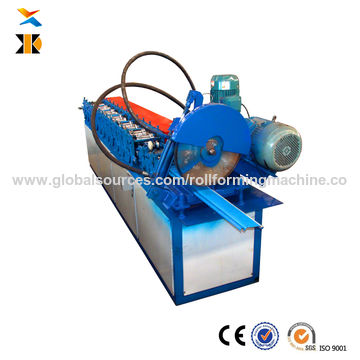Choosing a Manual Pallet Stacker
A manual pallet stacker is a piece of equipment used in warehouses to lift and transport merchandise. It does not require certification or training to operate and can maneuver easily into tight spaces.
To use this machine, the operator must push the control lever on the handle down, which activates a hydraulic system that raises the forks. This is a highly effective option for businesses that are concerned about worker safety.
Versatility
In addition to providing a versatile solution for warehouses, manual pallet stackers also help drive efficiencies throughout your supply chain. They’re less expensive than forklifts, require less maintenance, and provide the flexibility to handle a wide range of loads. They’re also easy to operate, allowing operators to perform multiple tasks with ease.
Choosing the right manual pallet stacker for your needs requires considering the weight of the goods you’ll be transporting, as well as other factors such as lift height and fork length. You can even choose from a variety of wheel types, including pneumatic wheels that are inflated with air and designed to offer good shock absorption while performing better on rough or uneven surfaces. Alternatively, you can opt for polyurethane wheels that are made of a hard plastic material and offer excellent durability and wear resistance.
Many of these devices have a compact design, making them ideal for use in crowded warehouses and mezzanine floors where space is limited. Additionally, you can opt for an electric model that is powered by lithium-ion battery technology, manual pallet stacker offering a high level of performance and reliability while being environmentally friendly. These vehicles are also easier to maintain and have a much faster charging time than traditional lead-acid engines. This makes them a great option for businesses looking to save on operating costs and reduce their impact on the environment.
Durability
A manual pallet stacker is an efficient piece of equipment to use in warehouses and similar environments. These vehicles are compact and can maneuver in tight spaces where larger electric lift trucks cannot operate. They also provide a high lifting capacity, making them ideal for transporting cargo and items that are difficult to handle manually. Moreover, they are durable and can withstand heavy loads, ensuring that your operations will run smoothly.
Another benefit of a manual pallet stacker is that it requires very little maintenance to stay in good working condition. This is because all quality models feature a design that is easy to clean and maintain. In addition, their hydraulic system and bearings are designed to be maintenance-free. These components are easily refuelled using the oil filler holes located on their sides.
The cylinders on manual hydraulic stackers are made from high-quality metal and have imported sealing rings, which allow them to work under extreme conditions with little to no wear. This reduces the amount of maintenance required for these machines, and it also helps to increase their lifespan. In addition, the lubricity of the hydraulic oil used in these machines is also high. This feature protects them from excessive friction and prevents the machine from overheating.
Safety
While manual pallet stackers can help improve productivity and performance, they can also be dangerous if not used properly. Make sure to follow all safety instructions and guidelines when using the equipment, and always wear appropriate personal protective equipment. In addition, ensure that the machine is not overloaded beyond its rated capacity. Overloading can cause the stacker to tip over or bend its forks, which can result in serious injuries.
Unlike larger mechanical items, stackers are easy to use and require little training to master. They are also nimble and versatile by design, making them an ideal option for handling various products and locations. This flexibility can prevent knowledge loss during staff turnover and save companies money on specialized machinery.
Most stackers have two long forks that fit into standard pallet openings, and a handle that functions as both steering and control. Some feature a hydraulic system that allows workers to pump the handle to raise the forks and pallet off the ground. The pallet jacks also roll easily on two front rigid wheels and two swivel casters with brakes, which allow workers to maneuver them through warehouse aisles. This equipment can lift and transport loads that are too heavy for a forklift or non-motorized pallet carts, helping to streamline operations and increase efficiency. This can also reduce strain on employees and improve employee health.
Maintenance
When choosing a manual pallet manual pallet stacker stacker, you can find models that include the option to tilt or straddle loads. These versatile tools reduce the physical strain of lifting heavy items and provide more control for moving stacked materials to storage locations.
While these tools are durable, they must be maintained on a regular basis to ensure safety and efficiency. A quality model is easy to inspect, and most parts are cheap or easy to replace. This makes them a more cost-effective option than forklift trucks, which require constant routine maintenance and have a shorter life span.
Before using a pallet stacker, it’s important to visually inspect the frame and hydraulic unit for damage. Check for dents or other signs of wear and tear, as well as any oil leaks. If any repairs are required, notify the delivering carrier immediately to file necessary claims.
Once you’re ready to use the manual stacker, begin by lowering its forks to the ground. Push the control lever on the handle down to activate the hydraulic system. As you crank the tiller, known as the handle, the hydraulic pump moves oil through a series of valves to lift the forks.
If the hydraulic pump is having trouble raising a load, it may have air trapped in the pump. In this case, the handle must be pumped 10 times to displace the air and allow the machine to function normally again.



